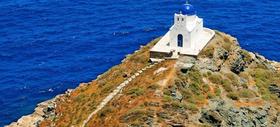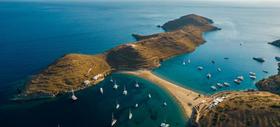Welcome to another edition of our hidden gems series, in which we bring to your attention vacation spots in Greece which remain unbeknownst to swarming crowds. If you are looking for a different summer experience in the Mediterranean, then pay close attention as we introduce alternative destinations throughout Greece. This time around we take a trip to the southwest Aegean, exploring four majestic Cycladic islands. South of the Athenian peninsula and with all four located almost in a straight line, are Kea, Kythnos, Serifos and Sifnos, beloved both by locals and by the few tourists that visit each year. Let’s take a closer look at what makes these islands stand out in the region.
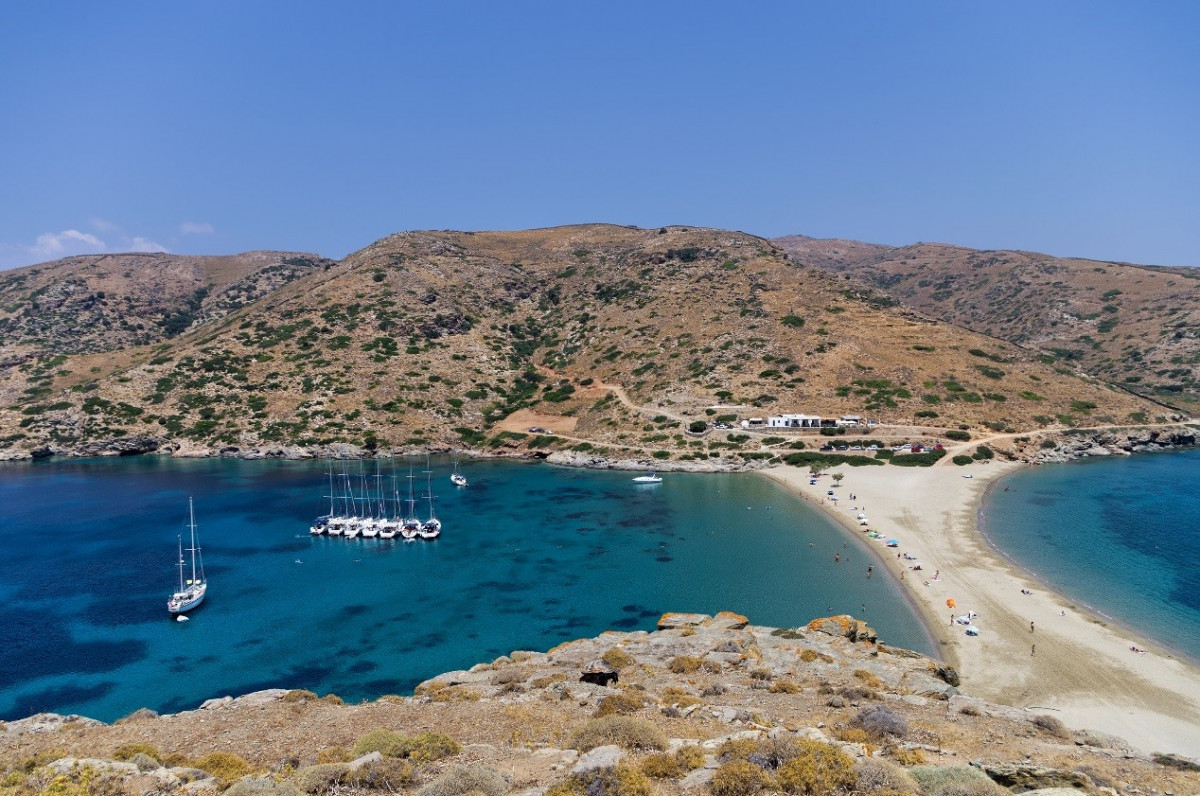
Kythnos
Its peculiar geography allows the island’s coastline to harbor more than 70 beaches, many of which are still inaccessible by boat. Combine that with the multitude of hiking trails spread around the island and you got yourself a place that can take weeks to fully explore. The most common practice is to use one of the two largest settlements as a base and spend your days in Kythnos on mini excursions to secluded beaches.
Both settlements are small, picturesque and located in the center of the island. The village of Messaria (Chora to the locals) is more reminiscent to Cycladic architecture, whilst just to the south, Dryopida bears the stamp of mainland Greece with its slanted rooftops decorated with ceramic tiles. Many visitors seem to prefer Chora because it is closer to the island’s hot springs on the north edge.
As expected, water sports are big on the island, with Kythnos having its own diving center. Sightseeing is also possible, with the Rock Castle and the castle of Oria holding a prominent position. Last but not least, a tour of the Katafyki cave in Dryopida is sure to immense you in history and impress any spelunking fans out there.
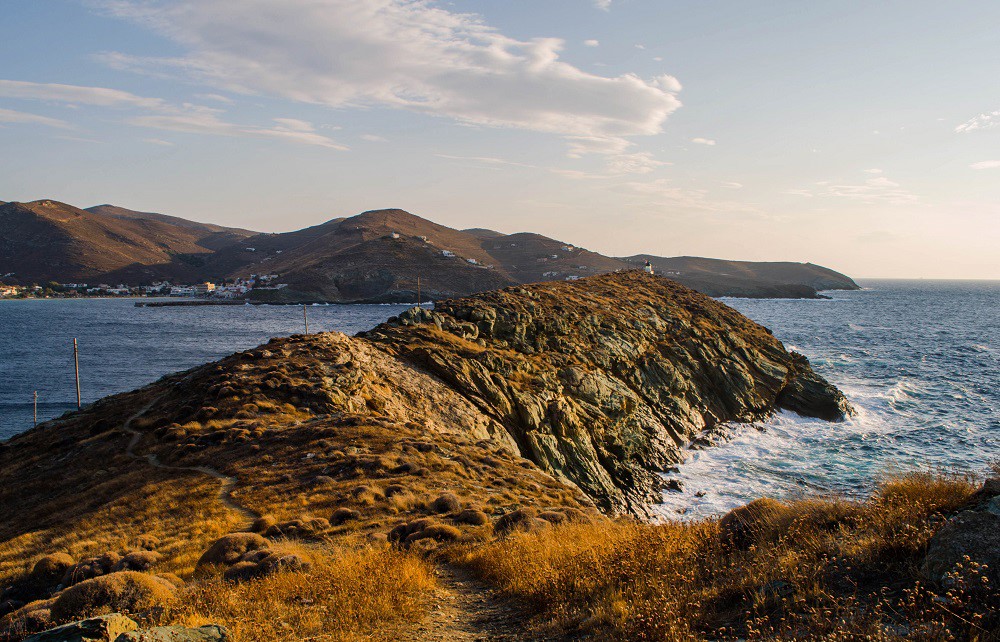
Kea
Kea (also known as Tzia) was a Bronze Age settlement for Greeks and reached its height during the late Minoan and early Mycenaean eras. A point of interest during the Byzantine period and later occupied by both Ottomans and Venetians, Kea is a mosaic of the different civilizations that have influenced it in various ways.
Nowadays, it is known for its calm rhythm and is preferred by locals for a relaxation weekend as it is quite close to Athens. Most of Kea's coastline is covered with sandy beaches and the temperature during the summer months invites tourists to take a swim at any point during the day. For those possessing a more adventurous spirit, diving is also an option.
As far as sightseeing goes, the Karthian Path will lead you to Ancient Karthea where you can enjoy a spectacular view of the ancient amphitheater and the temple of Apollo. Various churches also exist in the island, located in walking distance from the main town where all the bars and restaurants are situated. However, the can't-miss monument is the Stone Lion of Kea, a mysterious archaic structure whose origins are unknown.
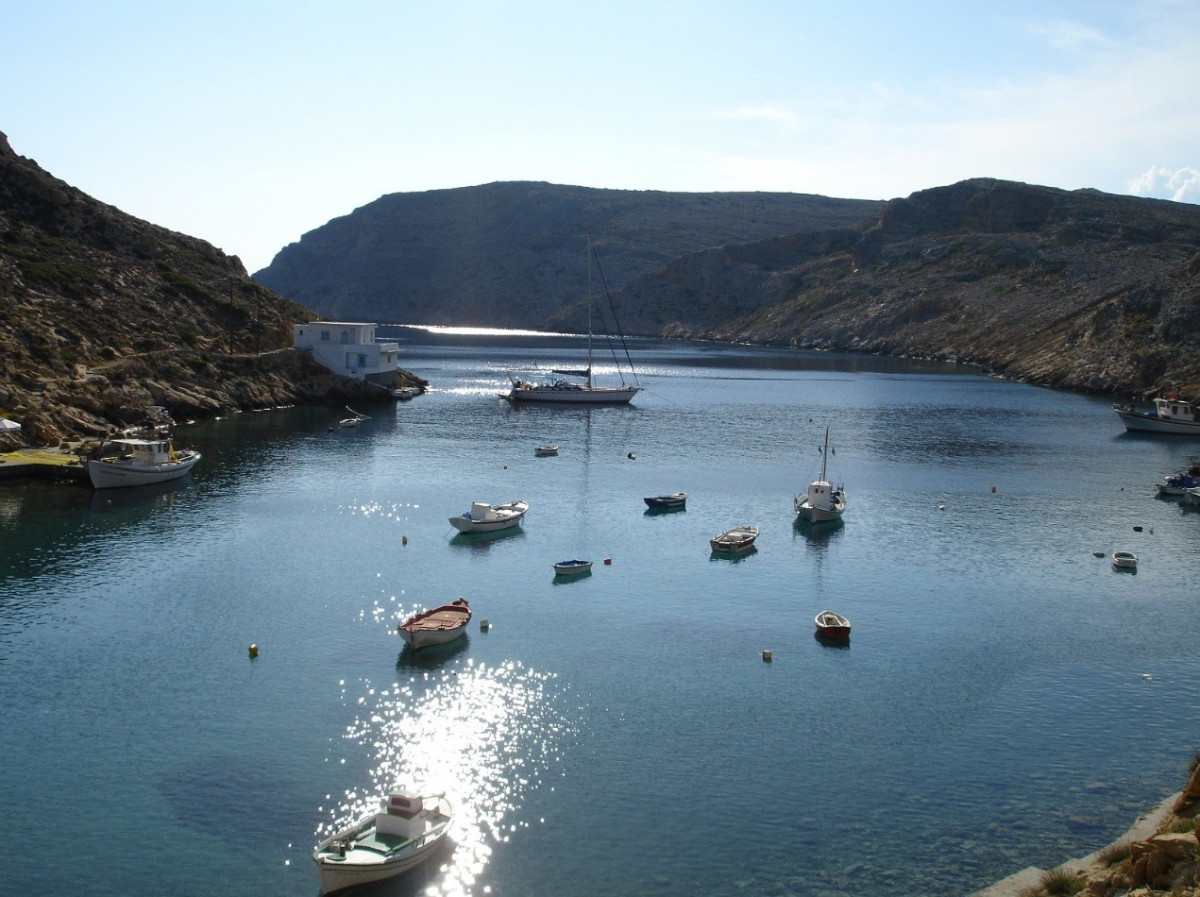
Sifnos
An island with a rich history that extends back to 4000 BCE, Sifnos has played an important role in the civilization of Ancient Greece. Known for their wealth that stemmed from vast gold, silver and lead reserves, Sifnians even built a treasury in Delphi to house their offerings. In around 600 BCE, they became one of the first civilizations in Greece to mint coins.
Today Sifnos is one of the more popular destinations for Athenians looking for a weekend getaway, as the island’s population of around 3000 inhabitants falls into the “Goldilocks Zone” of not being too crowded nor too deserted. Being only a couple of hours away from the capital by fast ferry is an additional reason for this affinity.
Aside from the Archaeological and Folklore Museums, sightseeing in Sifnos is limited to its beaches and the numerous religious points of interest. Spread all around the island, is a cornucopia of churches, monasteries and chapels one can explore either in the smaller villages or by using the hiking trails.
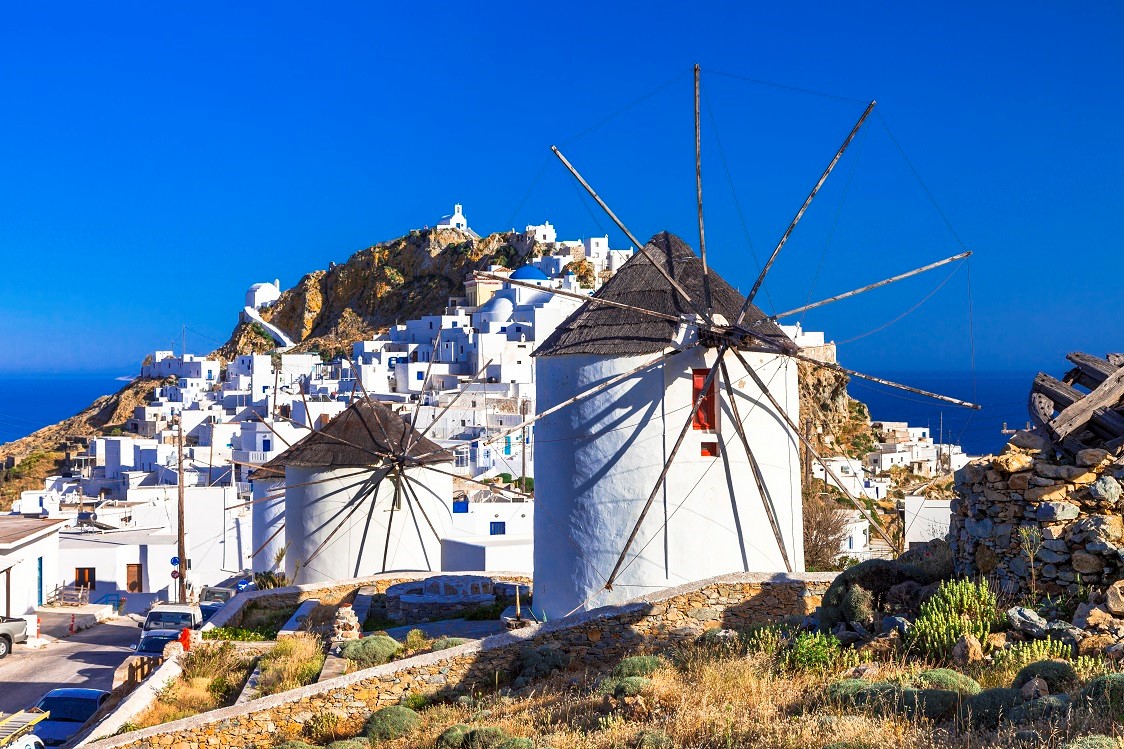
Serifos
The small and quiet island of Serifos, located in the western Cyclades, is deeply rooted in Greek mythology. It was the place where Perseus returned to with the head of the Gorgon Medusa and turned the king of the island and his retainers to stone as punishment for the king's attempt to marry his mother by force.
During the Roman imperial period, Serifos was a place of exile. After 1204 it became a minor dependency of the Venetian dukes of the Archipelago. In the late 19th century the island experienced a modest economic boom from the exploitation of its extensive iron ore deposits. The mines closed in the 1960s, and now the island depends on tourism and small-scale agriculture.
The main town of Chora, is the island's capital and home to most of the restaurants and bars. Hiking trails to various points of interest start just outside the town and lead to monasteries, small chapels, old towers and secluded beaches. Hiking the Mining Trail and exploring the island's ore-mining history (which can also be viewed in Chora's small Archaeological Museum) is an activity well-worth the effort. Finally, you cannot soak in all of Serifos’ history unless you sit on the Cyclops' Throne, located in the Cyclops Cape which has a gorgeous panoramic view of the island.


